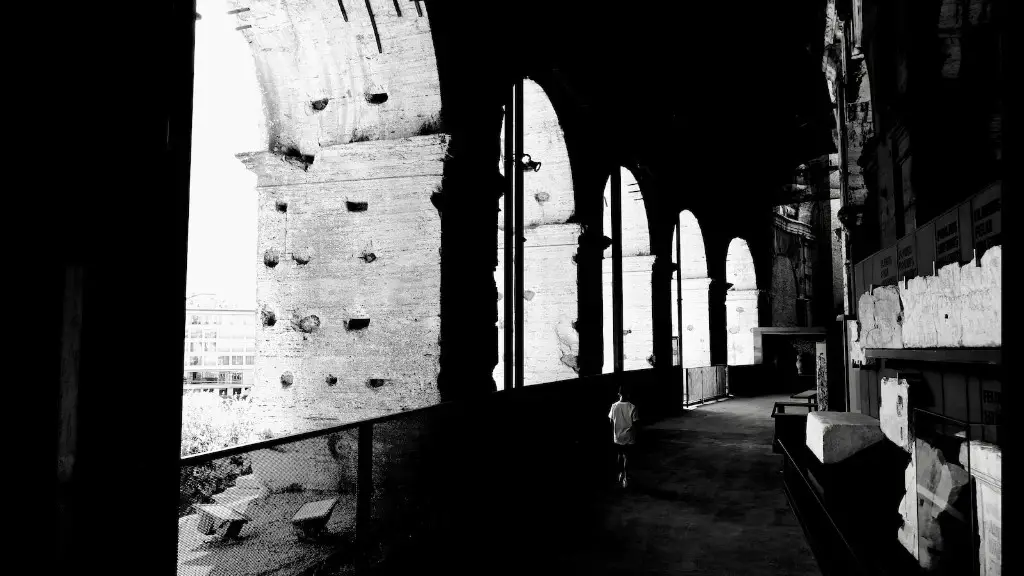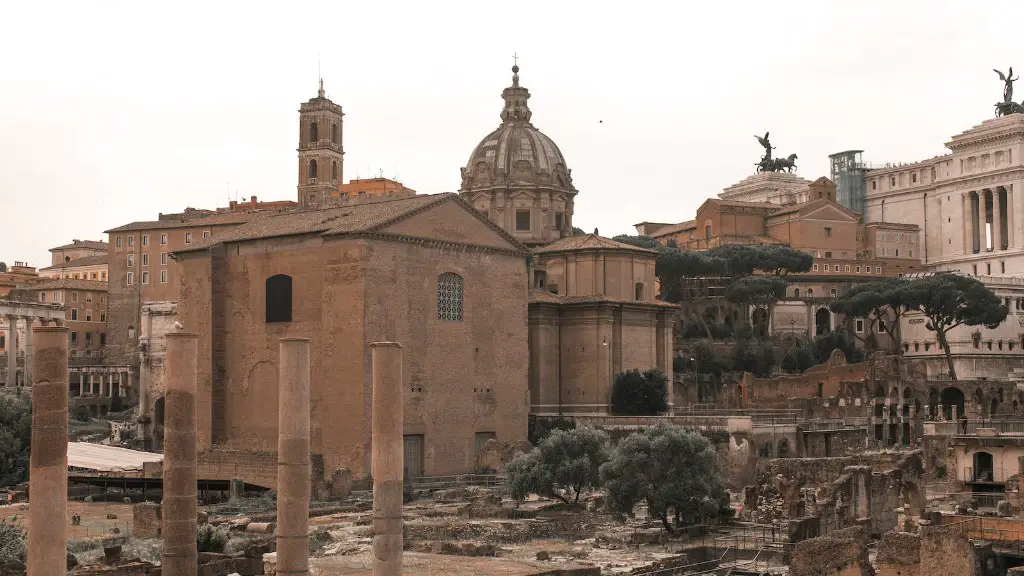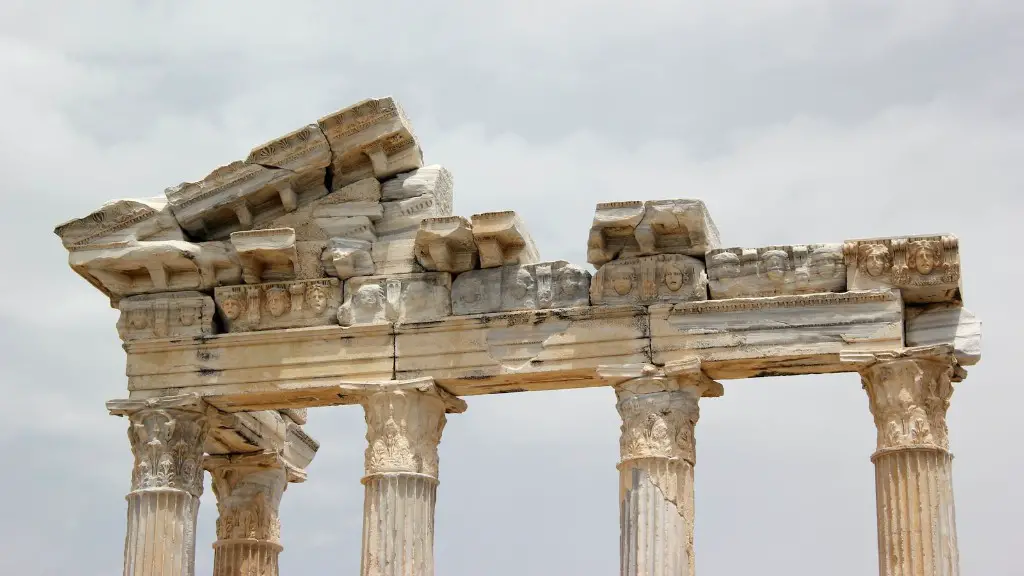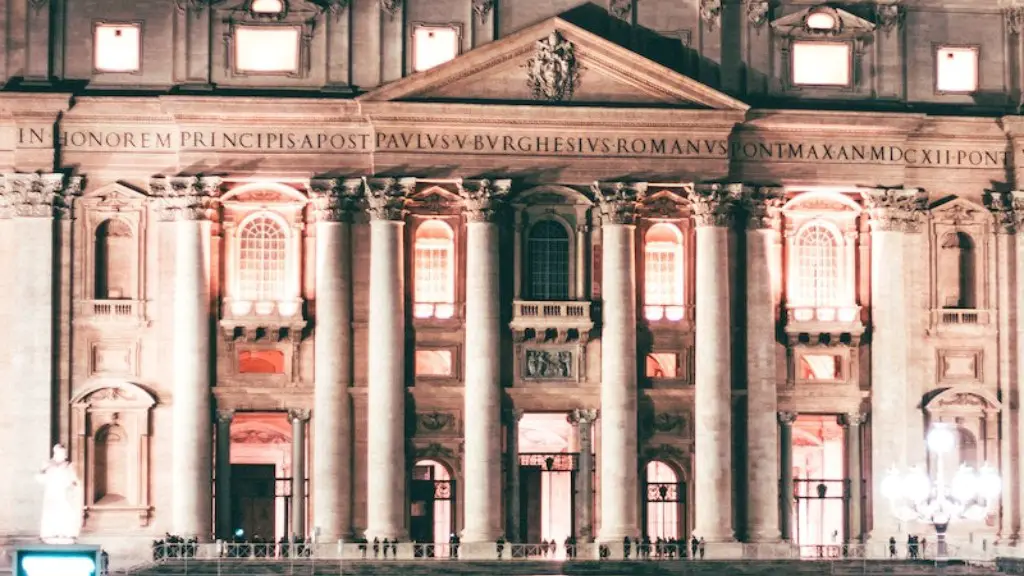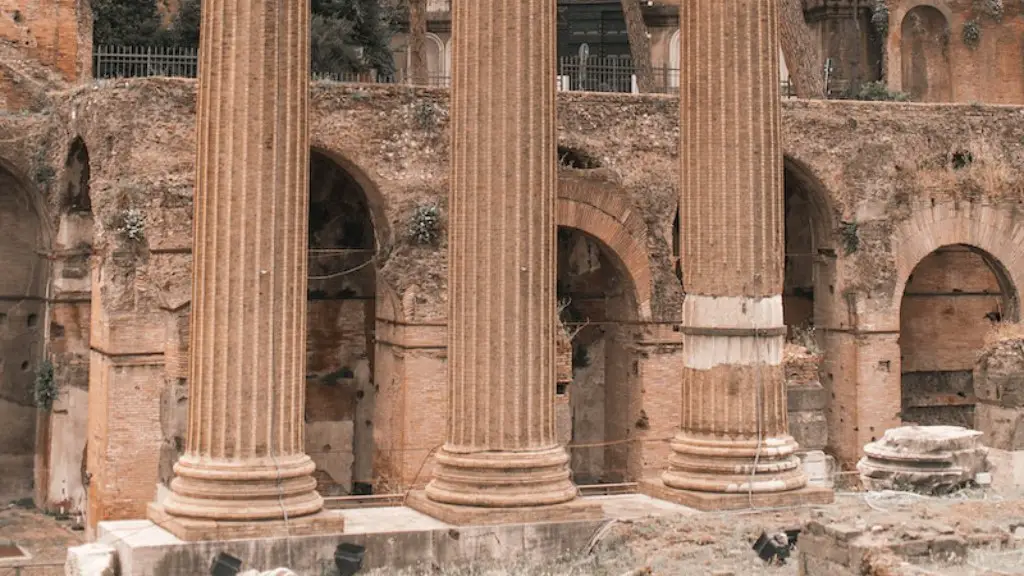The ancient city of Rome was founded on seven hills: Aventine, Caelian, Capitoline, Esquiline, Palatine, Quirinal, and Viminal. The Seven Hills of Rome formed the geographical heart of the city and led to Rome being nicknamed the “Eternal City.” The Seven Hills were not the only hills on which Rome was built – the city eventually expanded to include other hills such as the Vatican Hill and the Janiculum – but the Seven Hills were the original heart of the city.
There is no agreed upon answer for this question. Rome is thought to have been built on seven hills, but ancient sources list anywhere from four to fourteen.
How many hills made up Rome?
The Seven Hills of Rome are a group of seven hills on the east of the Tiber in the heart of the Ancient City. They are said to be the origins of the empire. Back in the day, the seven hills were inhabited separately, each with its own independent tribe.
Archaeology suggests that Rome began as a confederation of villages on the seven hills of Rome: the Capitoline, Palatine, Aventine, Viminal, Quirinal, Esquiline, and the Caelian. The low-lying ground between them was swampy and malarial. Rome’s location was strategic: it was situated on the Tiber River, which was a major trade route. The seven hills also provided natural defenses against invaders.
What are the 7 hills of Rome
The Seven Hills of Rome are a group of seven hills that have traditionally been seen as the center of the city of Rome. They are:
Palatine Hill: According to Roman mythology, Romulus and Remus were abandoned on this hill and it is also the site of the first settlement of Rome.
Capitoline Hill: This hill is one of the most important areas in the Roman era, as it overlooks the Roman forum.
Aventine Hill: This hill was known for its gardens and vineyards in ancient times.
Caelian Hill: This hill was once the home of wealthy families in Rome.
Esquiline Hill: This hill was known for its marketplaces and temples.
Quirinal Hill: This hill was the site of a major palace in Rome.
Viminal Hill: This hill was known for its baths and gardens.
In the early 4th century BC, the Servian Walls were constructed to protect the seven hills In modern Rome, five of the seven hills—the Aventine, Caelian, Esquiline, Quirinal, and Viminal Hills—are now the sites of monuments, buildings, and parks. The Servian Walls were a great example of early Roman engineering, and their construction was a significant moment in the city’s history.
Is ancient Rome hilly or flat?
Rome is a historic city with a lot of character. One of the things that makes it so unique is its hilly terrain. This can make walking around the city a bit challenging, but it also adds to its charm. If you’re visiting Rome, be sure to pack comfortable shoes and be prepared to do a lot of walking!
Rome is known as the “Eternal City” and for good reason – it’s one of the oldest continuously inhabited cities in the world. It’s also one of the most interesting, with a rich history and culture that’s been shaped by its unique location. One of the things that makes Rome so special is its seven hills.
Each of Rome’s seven hills has its own unique character and history. The Seven Hills of Rome are:
– The Palatine Hill: The most famous of the seven hills, the Palatine is where Rome was founded. It’s also home to some of the city’s most important archaeological sites, including the ruins of the Imperial Palace.
– The Aventine Hill: The Aventine is one of the most scenic hills in Rome, with sweeping views of the city. It’s also home to some of Rome’s best restaurants and bars.
– The Caelian Hill: The Caelian Hill is one of Rome’s most ancient hills. It’s home to some of the city’s oldest churches, as well as the Baths of Caracalla.
– The Viminal Hill: The Viminal Hill is one of the smallest of the seven hills, but it’s
Does the Vatican sit on 7 mountains?
Vatican Hill is a hill located across the Tiber river from the traditional seven hills of Rome. It is the location of St. Peter’s Basilica.
There are actually a few cities that could lay claim to the title City of Seven Hills, as there are quite a few cities that have been founded on seven hills. In addition to Rome, other contenders for the title would include Constantinople, Jerusalem, and Moscow. All of these cities have a long and storied history, and all have been important cultural and political centers at various points in their history.
Which country has 7 mountains
The residents of Bergen, Norway love the outdoors and their city boasts not seven hills but seven mountains surrounding the city center. The peaks most commonly included among the official seven are: Ulriken, 643 meters (2,109 feet), Fløyen, 464 meters (1,522 feet), Løvstakken, 557 meters (1,827 feet), Sandviken, 547 meters (1,798 feet), Damsgård, 544 meters (1,788 feet), Rundemanen, 533 meters (1,749 feet) and Lyderhorn, 479 meters (1,571 feet). Bergen is truly a nature lover’s dream come true.
The seven hills around the Tiber made it hard for enemies to attack Rome. As more people settled on those hills, Rome grew and became known as the “City of Seven Hills.” Over time, Rome came to control a large area around the Mediterranean Sea.
What is the smallest of the 7 hills of Rome?
The Viminal Hill is the smallest of the Great Hills of Rome, but it’s still a great place to visit. sandwiched in between the Esquiline and Quirinal Hills, the Viminal Hill offers great views of the city.
The seven hills protected Rome from outside attacks by making it more difficult for invaders to penetrate the city. The climate of Rome also helped the people of the city by providing mild, rainy winters and hot, dry summers.
Are there any buildings left from ancient Rome
The Pantheon is a remarkable building for several reasons. Firstly, it is the oldest building in the world that is still in use today. It was built in the 7th century, and has been a Roman Catholic church ever since. Secondly, it was built by the Roman emperor Publius Aelius Hadrianus around 125 AD. This makes it the third iteration of the structure. thirdly, the Pantheon is an incredible feat of engineering. It is a circular building with a massive dome, and is one of the best-preserved examples of Roman architecture.
The oldest building in Rome is the temple of Hercules Victor and dates back to the second century BC. This temple is sometimes still referred to as the Temple of Vesta, but the error is due to its circular shape, which makes it similar to the Roman goddess Vesta’s temple.
Why did Rome get abandoned?
The most straightforward theory for Western Rome’s collapse pins the fall on a string of military losses sustained against outside forces. Rome had tangled with Germanic tribes for centuries, but by the 300s “barbarian” groups like the Goths had encroached beyond the Empire’s borders. In 410, the Goths sacked Rome itself. By 476, the Western Empire had fallen.
Like many of Europe’s ancient cities, Rome is built on top of previous cities. The modern city sits on the remains of its predecessor cities, stretching back in time almost three millennia. This makes for a unique and fascinating experience, as you can see the layers of history all around you.
Was Rome built on a swamp
The construction of drainage platforms and other sites throughout the Republican period transformed the land around Rome from a swampy marshland into a livable space. The proximity of the Tiber river meant that the area was constantly flooded, making it uninhabitable for most people. However, the construction of these platforms and other sites helped to drain the water and make the land more suitable for human habitation.
Roman roads were designed for speed and efficiency, often following a straight path across the countryside. Land surveyors would use sighting poles to chart the most direct route from one destination to another. This helped the Roman Empire build a vast and effective network of roads that facilitated trade and travel throughout the region.
Final Words
There is no definitive answer to this question as it depends on a number of factors, such as the size and topography of the city. However, ancient Rome was a large city and would have had many hills.
There is no ancient Rome without its hills. The Seven Hills of Rome were not only a natural defense for the city, but also a symbol of power. Each of the seven hills had its own personality and was home to different gods, goddesses, temples, and public parks. The people of Rome were fiercely proud of their city and its history, and saw the Seven Hills as a part of that.
